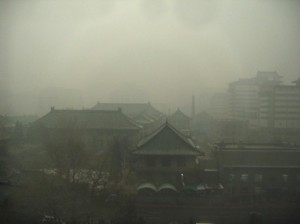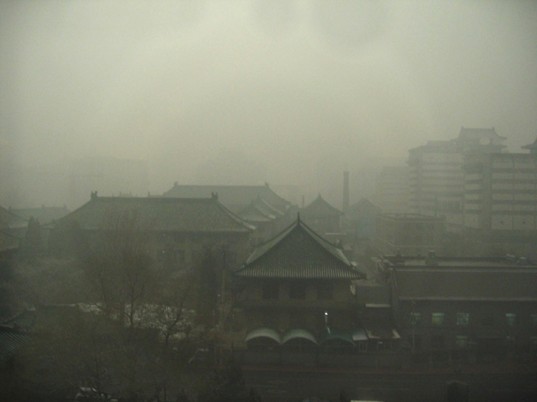 While the Chinese economy runs into growing pains, a large number of residents are seeking out healthier living environments. The manufacturing giant’s problems with smog are well-known and publicised, but very few people realise just how bad many Chinese cities’ pollution problems are becoming.
While the Chinese economy runs into growing pains, a large number of residents are seeking out healthier living environments. The manufacturing giant’s problems with smog are well-known and publicised, but very few people realise just how bad many Chinese cities’ pollution problems are becoming.
A new study from the World Health Organization has revealed that of China’s major cities, only four have acceptable air quality levels. Chinese residents seeking a clean environment – or at least an environment that meets international standards – can choose from Lhasa, Haikou, Zhoushan, or the city of Huizhou as their home.
The four cities are China’s only major metropolises to fall within the WHO’s quality standards for air particle matter. Most Chinese metropolitan areas measure several times the limit, with the average level of PM2.5 – airborne particle matter less than 2.5 millimetres in diameter – over seven times the recommended level.
While the WHO recommends a level of less than 25 micrograms and advises cities to aim for less than ten, most Chinese cities measure above 76 micrograms. Of the four cities listed above, none make the WHO’s optimal standard, although all come below the recommended limit of 25 micrograms per cubic metre.
The compliant cities include Lhasa – the capital of Tibet, which is renowned for its blue skies and clean air – and the city of Huizhou. Huizhou is a surprising inclusion, as its location on the Pearl River Delta, which is home to cities such as Hong Kong and Guangzhou, is renowned for its high levels of air pollution.
While China’s government has promised upwards of $280 billion to fight a growing air pollution problem, economic factors continue to worsen China’s air. With China’s middle class investing heavily in personal vehicles, air pollution in major cities may worsen before it gets better.





